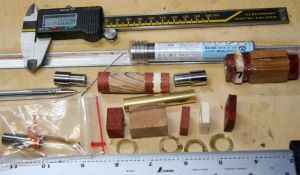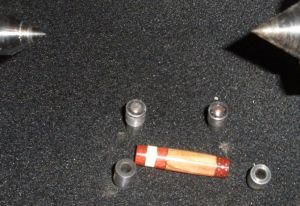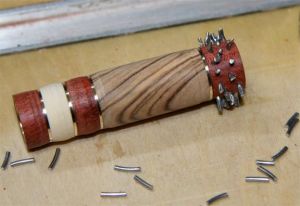upstatepano
Member
Just wondering what others use to glue up their segmented blanks that utilize aluminum, brass and/or copper flat stock and accent rods.
I've tried Epoxy, CA, GO2, and various other glues with very mixed results. Seems like they work sometime and then the next time they will fall apart. I always rough up the metals and clean them as well as the wood they will be glued to. In addition I always let them cure for at least 24 hours. I've seen some beautiful segmented pens on this forum using the material I've mentioned so there has to be a solution.
If anyone knows the magic glue it would be greatly appreciated or maybe someone can tell me what I'm doing wrong.
Thanks
I've tried Epoxy, CA, GO2, and various other glues with very mixed results. Seems like they work sometime and then the next time they will fall apart. I always rough up the metals and clean them as well as the wood they will be glued to. In addition I always let them cure for at least 24 hours. I've seen some beautiful segmented pens on this forum using the material I've mentioned so there has to be a solution.
If anyone knows the magic glue it would be greatly appreciated or maybe someone can tell me what I'm doing wrong.
Thanks



